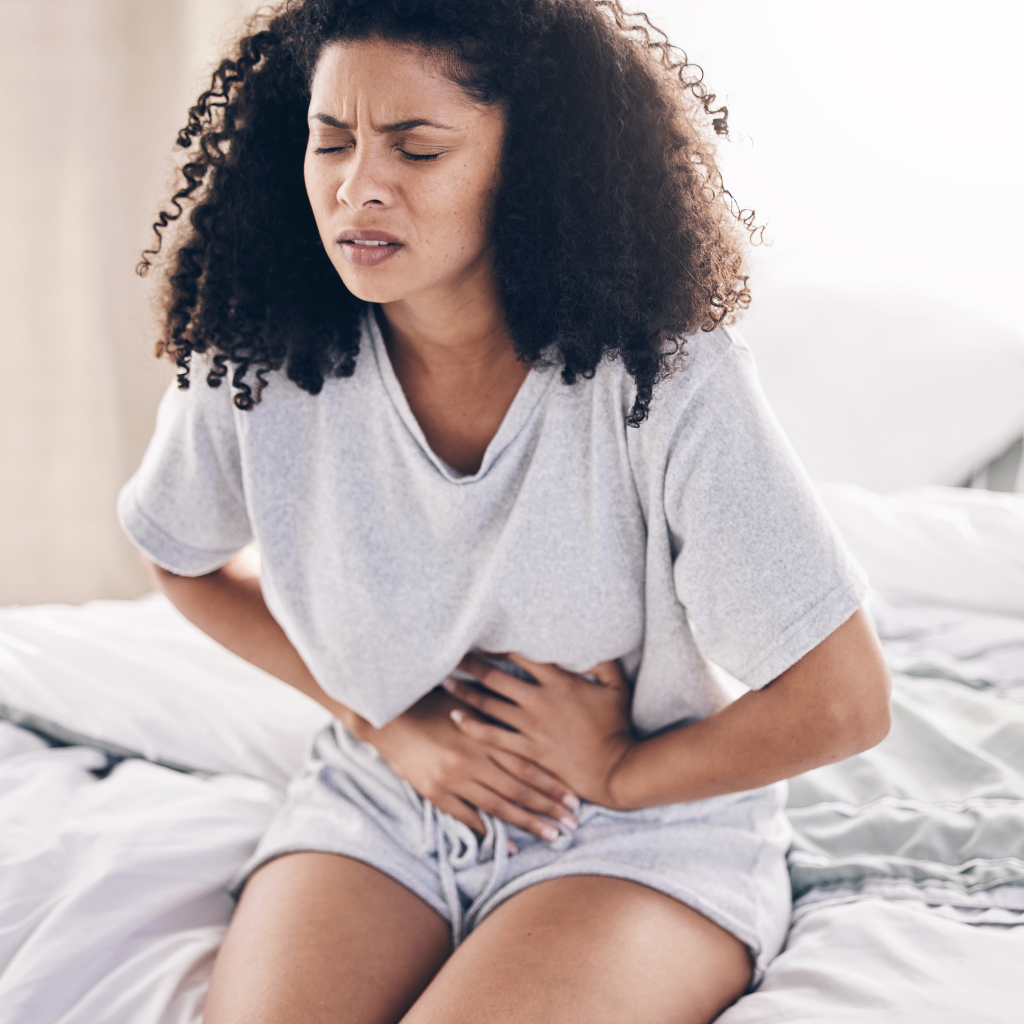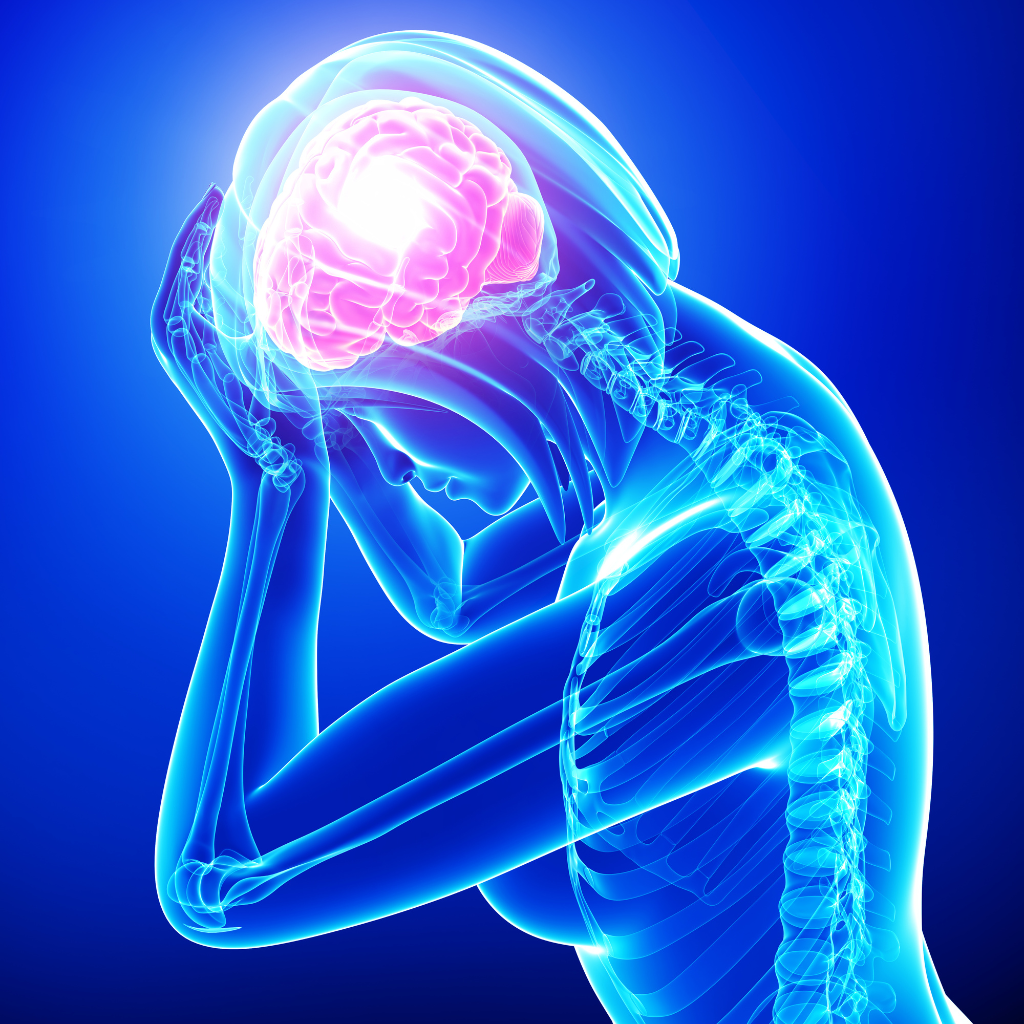Hormonal Mood Disorders: Understanding PMDD vs. PMS
Maddison Henley PA-C

Many women experience mood changes before their periods, but when do these shifts indicate something more serious? Understanding the difference between premenstrual syndrome (PMS) and premenstrual dysphoric disorder (PMDD) is crucial for effective management and relief.
What Is PMS?
PMS refers to a variety of physical and emotional symptoms that occur in the luteal phase of the menstrual cycle—the time between ovulation and the start of menstruation. Common symptoms include bloating, breast tenderness, headaches, fatigue, mood swings, irritability, and mild depression. These symptoms typically resolve once menstruation begins and, while uncomfortable, usually don’t significantly disrupt daily life. It’s estimated that up to 75% of menstruating women experience some form of PMS during their reproductive years.

What Is PMDD?
PMDD is a severe form of PMS characterized by intense emotional and physical symptoms that can profoundly affect daily functioning. While PMDD shares some symptoms with PMS, the severity and impact on quality of life are much greater. Symptoms of PMDD include severe depression or feelings of hopelessness, intense mood swings, pronounced irritability or anger, marked anxiety or tension, decreased interest in usual activities, difficulty concentrating, fatigue or low energy, changes in appetite or specific food cravings, sleep disturbances (insomnia or hypersomnia), and physical symptoms like bloating, breast tenderness, and headaches. These symptoms typically emerge one to two weeks before menstruation and alleviate shortly after the period begins. PMDD affects approximately 3% to 8% of women of reproductive age.
Distinguishing Between PMS and PMDD
While both PMS and PMDD are linked to the menstrual cycle and share certain symptoms, the primary distinction lies in the intensity and impact of the symptoms. In PMDD, emotional and behavioral symptoms are more severe, leading to significant distress or interference with work, school, social activities, and relationships. For instance, while a woman with PMS might feel a bit more irritable or down before her period, someone with PMDD might experience debilitating depression or anxiety during that time.
What Causes PMDD?

We don’t have all the answers yet—but researchers believe PMDD is caused by an extreme sensitivity to the normal hormonal changes that happen after ovulation. Estrogen and progesterone shift during this phase, and in people with PMDD, those shifts seem to disrupt serotonin—a key brain chemical involved in mood regulation.
Some people may also be more at risk if they have:
- A personal or family history of depression, anxiety, or mood disorders
- A family history of PMDD
- High levels of chronic stress
- Poor sleep or nutrition habits
Causes and Risk Factors
The exact cause of PMS and PMDD remains under investigation, but hormonal fluctuations during the menstrual cycle are believed to play a significant role. Some women may have a heightened sensitivity to these hormonal changes, particularly the variations in estrogen and progesterone levels. Additionally, alterations in serotonin, a neurotransmitter that regulates mood, may contribute to the emotional symptoms experienced in PMDD.
Risk factors for developing PMDD include:
- A personal or family history of mood disorders, such as depression or bipolar disorder
- A family history of PMDD
- High levels of stress
- Being overweight
- A sedentary lifestyle
Diagnosis
Unfortunately, PMDD is still underdiagnosed. But the process is fairly straightforward. You’ll likely be asked to track your symptoms for at least two menstrual cycles, writing down what you feel, when it starts, and how it impacts your life. This helps rule out other conditions like depression or anxiety disorders—which might exist outside of your cycle—and gives your doctor a clearer picture of what’s going on. You can also use tools like the Daily Record of Severity of Problems (DRSP), which is a common tracking method used by clinicians.
When to Seek Help
If premenstrual symptoms are interfering with your daily life, relationships, or mental health, it’s important to consult a healthcare provider. They can help determine whether you have PMS or PMDD and develop an appropriate treatment plan. Remember, seeking help is a sign of strength, and effective treatments are available to improve your quality of life.
Final Thoughts
If you’ve ever wondered whether what you’re feeling each month is “normal,” you’re not alone. Many women live with intense emotional changes tied to their cycle, and too often, those experiences are dismissed or minimized. Understanding the difference between PMS and PMDD is one step toward getting the support you need. PMDD isn’t just “bad PMS”—it’s a real, diagnosable condition that can deeply impact mental health, relationships, and day-to-day functioning.
Responsibly edited by AI
Other Blog Posts in
Animo Sano Psychiatry is open for patients in North Carolina, Georgia and Tennessee. If you’d like to schedule an appointment, please contact us.
Get Access to Behavioral Health Care
Let’s take your first step towards. Press the button to get started. We’ll be back to you as soon as possible.ecovery, together.




